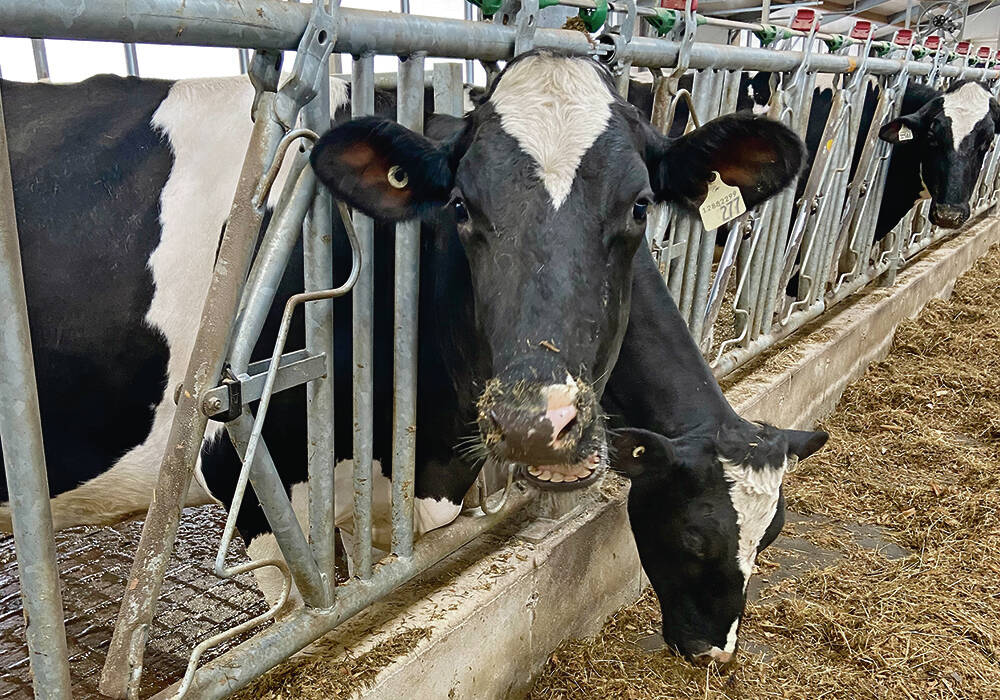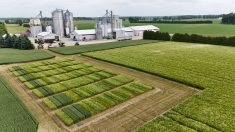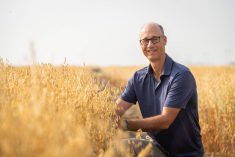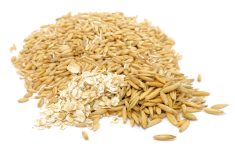A merged wheat and barley commission will be up and running by August after Alberta growers overwhelmingly voted to amalgamate the two groups.
“August 1 would be the ideal launch date (as) July 31 is the end of our fiscal year,” said Tom Steve, general manager for both groups, which merged their leadership and administrative teams in 2018.
“It would be great if we could get everything done for Aug. 1.”
Read Also

Alberta Milk opens annual hospital fundraiser
Alberta Milk embarks on holiday season campaign to raise money for Alberta Children’s Hospital Foundation
A total of 1,569 votes were cast, with close to 90 per cent of both barley and wheat growers in favour. Although that was just 6.1 per cent of eligible producers (there were 25,688 names on the voters’ list), many farms were likely eligible to vote many times because voter registration was tied to checkoffs.
“When you collect checkoff, we often have more than one producer who sells grain on a given farm,” said Steve.” Sometimes the farm is incorporated, and they sell grain through the corporate entity, and they (also) sell grain in their own individual names.”
“I feel like those who were engaged in the process and wanted to vote did vote,” added Alberta Barley chair Tara Sawyer. “I really feel like they had the opportunity.”
With results in the record book, work now begins on the nitty gritty of the merger.
“There are a lot of steps in the process and we’re working closely with the (Alberta Agricultural Products) Marketing Council, who administer our act and regulations to get to that stage,” said Steve. “There’s a lot of paperwork and heavy lifting to be done.”
That process includes rewriting bylaws and regulations, getting a new non-profit status for the new entity and merging the two boards.
“We have effectively decided on a 12-person board,” said Steve, adding that initially, there will be six representatives for wheat and six for barley.
“After that, the farmers will be elected with no specific requirement to be wheat or barley. The majority grow both anyway.”
The administrative amalgamation four years ago produced annual savings of more than $400,000. While further efficiencies are envisioned, a key reason given for the merger was the ability to implement ‘merit’ funding for research projects.
“The decision was made that we would look at funding based on merit, as opposed to the percentage of checkoff that we get from wheat versus barley,” said Steve. “So what it means is that we may have additional funds going into malt or feed varieties that wouldn’t be exactly in proportion to the amount of wheat or barley checkoff we collect.”
A merit-based approach gives more flexibility to the research committee and the board of directors to look for the biggest bang for farmers’ bucks, regardless of whether they grow wheat or barley, he said.
“That’s all that merit-based means,” he said. “It will just give the research committee and the board the flexibility to determine the research investment based on what we think the payoff would be for farmers.”
However, wheat research generally has a much bigger return on the checkoff money invested, he added.
Efficiencies generated by the full merger will also be considerable, although it is difficult to quantify at this stage, said Steve. The two groups now have two sets of financial statements, two audits, two annual general meetings and two sets of regional meetings.
“Board expenses will be reduced with one board instead of two. There would be a lot of time saving for staff. We’re running two committee meetings and two sets of board meetings.”
The merger process has been lengthy. A committee first studied the matter in depth. Producer consultations were then held at regional meetings, and the proposed merger debated and voted upon at annual general meetings last winter.
“I think everyone – directors, membership and staff – would just like us to get on with it, and get the job finished,” said Steve.
“It’s an exciting time moving forward,” added Sawyer.
















